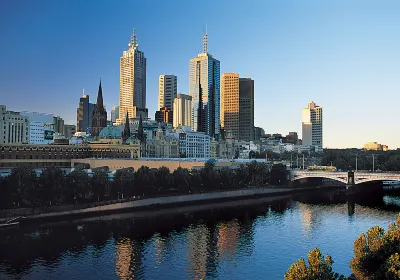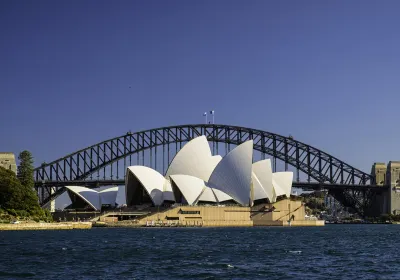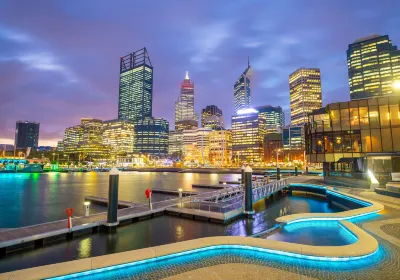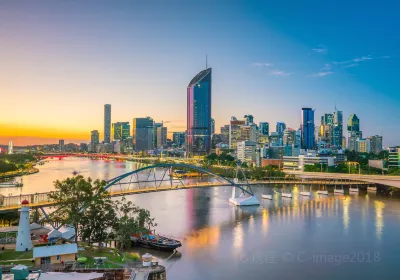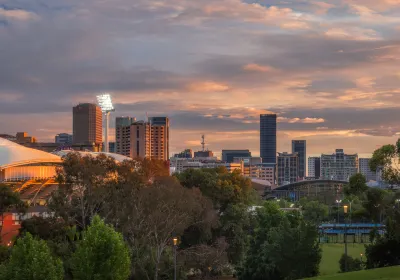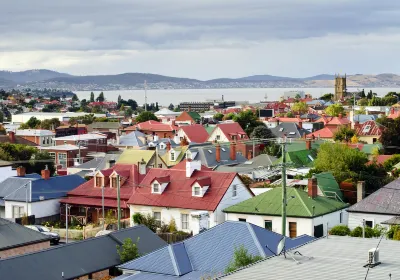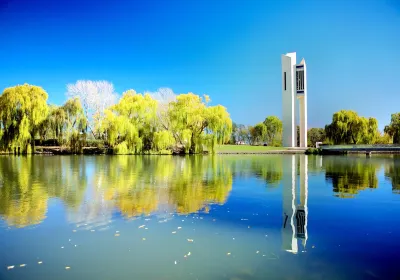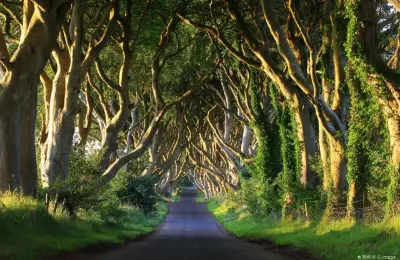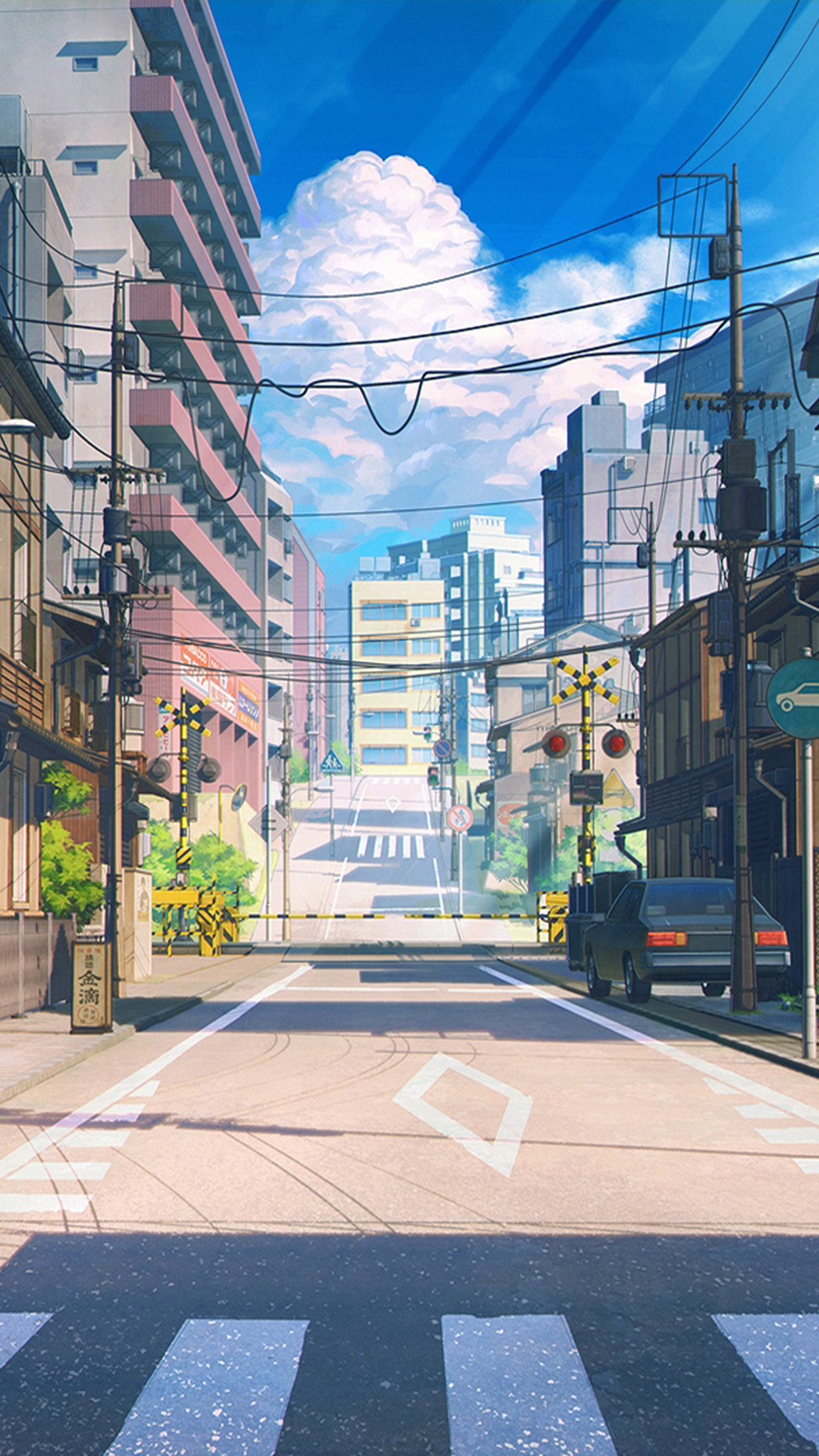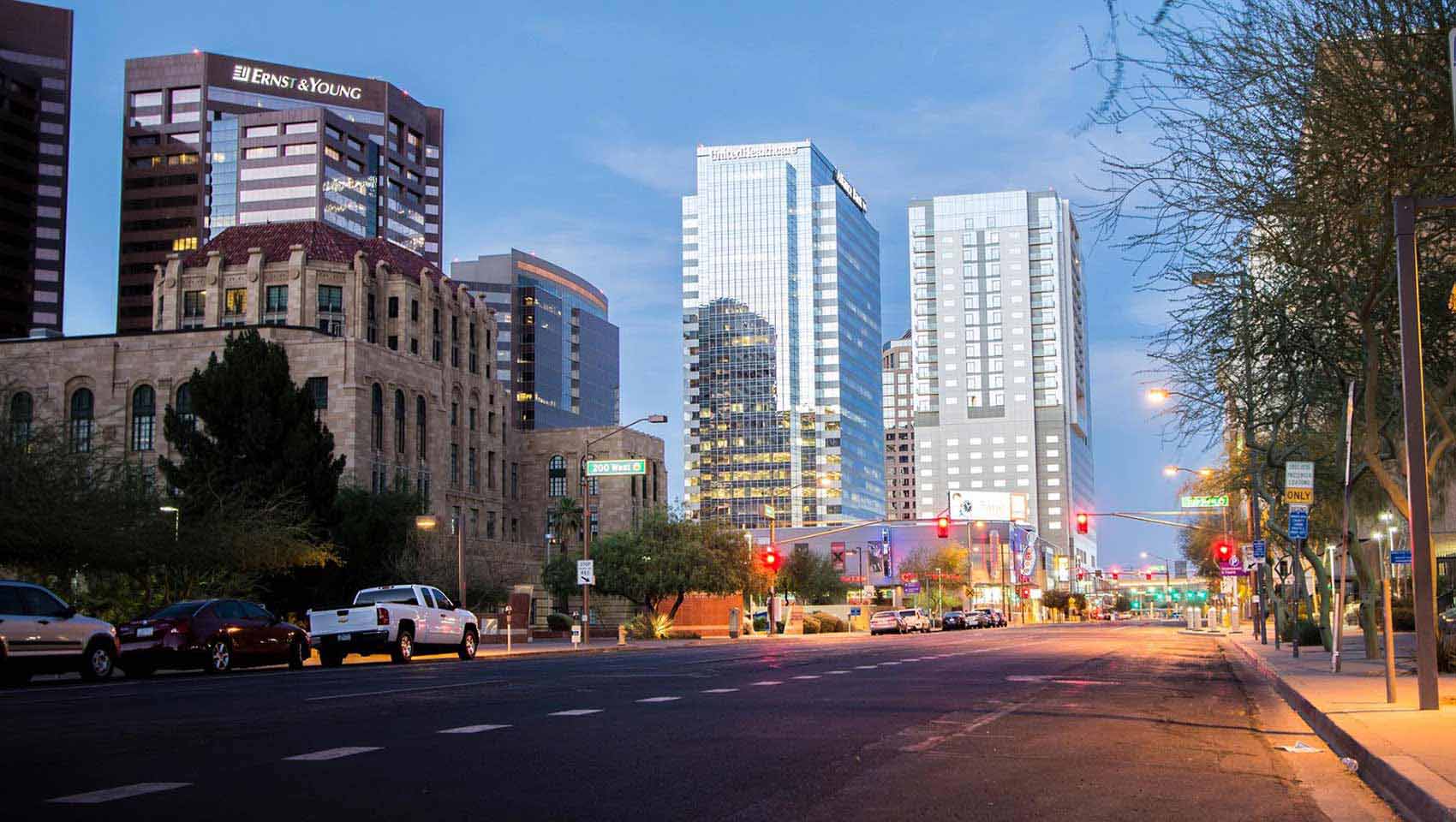Destinations
Popular Destinations
Phi Phi Islands Travel | Gir Somnath Travel | Hue Travel | Hoi An Travel | Da Nang Travel | Pemberton Travel | Young Travel | Port Vila Travel | Jeddah Travel | Datong Travel | Fukuoka Travel | Malvern East Travel | Cooktown Travel | New Delhi Travel | Dunhuang Travel | Kawasaki Travel | York Travel | Hiroshima Travel | Ballina Travel | Kouklia Travel | Wangjiang Travel | Nanling Travel | Chowan County Travel | Dar es Salaam Region Travel | Red Sea and Sinai Peninsula Travel | Sparkwell Travel | Capital Region Travel | Wuzhishan Travel | Kampong Jerudong Travel
Recommended Attractions at Popular Destinations
Bangkok attraction near me | Tokyo attraction near me | Manila attraction near me | Hong Kong attraction near me | Seoul attraction near me | Taipei attraction near me | Los Angeles attraction near me | New York attraction near me | Shanghai attraction near me | Kuala Lumpur attraction near me | Shenzhen attraction near me | Osaka attraction near me | London attraction near me | Singapore attraction near me | Guangzhou attraction near me | San Francisco attraction near me | Beijing attraction near me | Macau attraction near me | Bali attraction near me | Paris attraction near me | Orlando attraction near me | Jakarta attraction near me | Ho Chi Minh City attraction near me | Chicago attraction near me | Phuket attraction near me | Toronto attraction near me | Dallas attraction near me | Istanbul attraction near me | Cebu attraction near me | Seattle attraction near me
Popular Attractions
Universal Studios Singapore | Sydney CBD | Schönbrunn Palace | Kuranda Scenic Railway | Phillip Island | Burj Khalifa | Huangge Ancient Road | Jinli Street Ancient Street | Sannenzaka & Ninenzaka | Tsutenkaku | Sunway Lagoon Theme Park | The Metropolitan Museum of Art | Featherdale Sydney Wildlife Park | Cloudscraper ZIP Line - Royal Gorge Bridge & Park | Medicinal Plant Garden | Beverly Park | Udawalawe National Park Safari | Curtis Island National Park | Arboreto de El Colmenar | Assemblies Of God Church Shomolu | Sri Bhagavathi Amman Temple | Masjid Umar | Asha Mata Temple | Canggu Beach | Hong Kong Disneyland | WILD LIFE Sydney Zoo | Nanxun Ancient Town | Babylon Nightclub | Cauvery Theater QUBE DOLBY ATMOS | Hunter Valley Wildlife Park
Popular Travelogues
Bangkok Travelogue | Tokyo Travelogue | Hong Kong Travelogue | Seoul Travelogue | Los Angeles Travelogue | New York Travelogue | Shanghai Travelogue | Kuala Lumpur Travelogue | Shenzhen Travelogue | Osaka Travelogue | London Travelogue | Singapore Travelogue | Beijing Travelogue | Macau Travelogue | Bali Travelogue | Paris Travelogue | Phuket Travelogue | Toronto Travelogue
Popular Travel Photos
Beijing travel photos | Shanghai travel photos | Istanbul travel photos | Los Angeles travel photos | Cebu travel photos | Guangzhou travel photos | Dallas travel photos | Shenzhen travel photos | Orlando travel photos | Toronto travel photos | Osaka travel photos | Tokyo travel photos | Hong Kong travel photos | Macau travel photos | Taipei travel photos | Seoul travel photos | Phuket travel photos | Kuala Lumpur travel photos | Manila travel photos | Ho Chi Minh City travel photos | Paris travel photos | London travel photos | Singapore travel photos | Bali travel photos | New York travel photos | San Francisco travel photos | Seattle travel photos | Chicago travel photos | Bangkok travel photos
Trending Travelogues
Ultimate Guide to Ngong Ping 360: Things to Do, Transport Options & All You Need to Know | Best teamLab Planets TOKYO Guide: Must-Know Things Before You Go | Best Gardens by the Bay Guide: What to do, Transport, Tickets and More! | Van Gogh Museum: Opening Hours, Exhibitions, Tickets & All You Want to Know | Best Guide to the Louvre Museum - Find All You Need to Know Before Visiting | Ultimate Guide to Ghibli Museum: Everything You Need to Know | Best Guide to Everland Korea: What to do, Transport, Tickets and More! | Best Guide to Andamanda Phuket Waterpark: Your Must-Know Before Visiting | Best N Seoul Tower Guide: Must-Knows Before You Go! | Complete Guide to Fansland Web3 Music Festival: Tickets, Artists & More | JR Pass: All You Need to Know About Travel in Japan | Best Thailand eSIM Guide: 5G data eSIM from $5.98! | 🥳Trip.com is giving away 10 nights of free hotel stay! Post one Trip Moment to join now!! | New Trip Moments Community User Level Guide | 2024 Cherry blossoms in Japan: A big feast for the eyes | India Public Holidays in the Year of the Rabbit 2023 | New Trip Moments Community User Levels | 2024 Guangzhou Travel Guide: Plan Your Travel To Guangzhou | 2024 Shenzhen travel | Where To Stay, Eat & Explore | 2024 Chengdu Travel Guide - Best Things to do in Chengdu | Xi’an Travel Guide: Best Things To Do in Xi’an, China | Shanghai Travel Guide: What to Know Before You Visit Shanghai | Guidance of Arrival and Departure cards for international tourists | 2024 An ultimate guide to Legoland Malaysia: A fun paradise for all ages | All you need to know before you go: Singapore entry requirements | All you need to know before you go: Macao entry requirements | The Best Attraction in the UK's Most-visited Cities 2024 | The Most Instagrammable Hotels in London 2024 | 2024 Ski Season: AU vs NZ Guide | Top Easter Getaways for 2024
About
Payment Methods
Our Partners
Copyright © 2024 Trip.com Travel Singapore Pte. Ltd. All rights reserved
Site Operator: Trip.com Travel Singapore Pte. Ltd.
Site Operator: Trip.com Travel Singapore Pte. Ltd.

